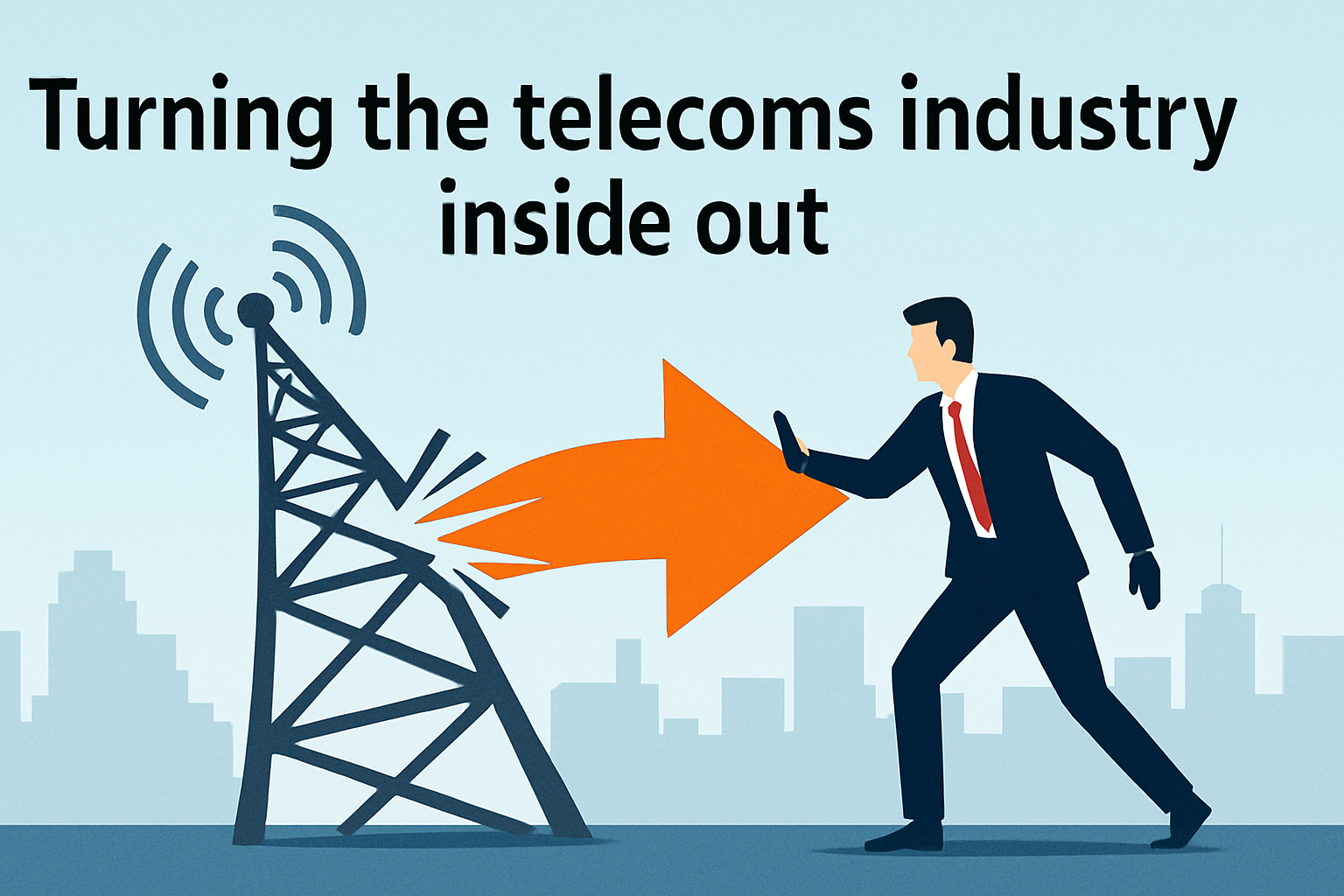At FutureNet World in London earlier in May, the opening keynote panels were liberally smattered with talk of the changing nature of the industry. Prior to this year it was rare to hear telco executives talking about listening to the demand side. Indeed, at the Great Telco Debate in 2022 Phil Jordan, outgoing Group CIO of Sainsbury’s and former Group CIO of Telefonica, was a rare voice saying, “for telcos, customers are an abstract concept”.
I have been talking for almost a decade about the shift from an inside-out, engineering and network-centric model to an outside-in one where customer requirements and outcomes are driving the products and services sold by the world’s telcos. That is, if we can even clearly describe to the customers what it is we are selling.
Bombarding consumers with a myriad of packages and technobabble hardly lends itself to engaged and happy customers. Plus, the ecosystem in which the telcos operate has moved on and the telco is no longer the dominant provider it was under former generations of telephony and data for individuals or businesses. Each telco segment faces significantly more customer-focused players coming from consumer electronics, business software, the cloud and the worlds of social media. In addition, specialist channel players accustomed to bringing diverse components together are focused on business customer needs.
When the Internet took off, we talked about telecoms being the on-ramp to this new generation of services. Broadband, fixed and mobile, are exactly that today, on-ramps to a myriad of services which come with their customer interactions, regular contact and the clear benefits to the customers. Telecoms has taken a step back and does not have the regular interaction it had originally when we had to call an operator to place a call. It is now just a part of the extended infrastructure supporting our digital lifestyles. There are exceptions in countries where the telcos have built a position in banking, retail, media but the majority struggle to have a day-to-day identity with their customers. For the industry, the point of inflection has now shifted away from everything funnelling into the telecoms network to a new point of control somewhere at the edge of the network or in a data centre. In fact, the data centres of the world have taken over from the switching centres of telcos and indeed of the Internet.
So, as demand ramps up, supply needs to settle down and find its point of equilibrium. In a world where the average spend on a mobile service can vary from $60 to $2 based on the same technology, something has to give. Regulators have quite rightly focused on getting the best deals for customers as we moved away from monopolistic regimes. Securing infrastructure for the benefit of every country should now be the focus and fewer providers of fibre, mobile, satellite and services should result. I argued with the OECD in the late 80s that competition should be at the services level and not at the physical level. I believe this is even more true today. Perhaps a rethink of what wholesale means for the telcos and the channels that customers prefer to buy through should be the focus rather than the echo chamber of telcos, technology providers, analysts and regulators bouncing around ideas of new monetisation and positioning of the telcos as key players. Doubtless the industry has some key components to be added into the mix of third-party offerings, but critically, a different mindset is needed to approach these markets, as well as a willingness to operate as a provider of parts of the solution rather than the whole solution.
However, there is hope. Cleaning up customer data and aligning with simplified and more automated processes should result in more ecosystem partners taking connectivity as part of their portfolio of services. And, let’s face it, connectivity is just a part of a portfolio of services that help deliver the outcomes to customers and business partners alike.

